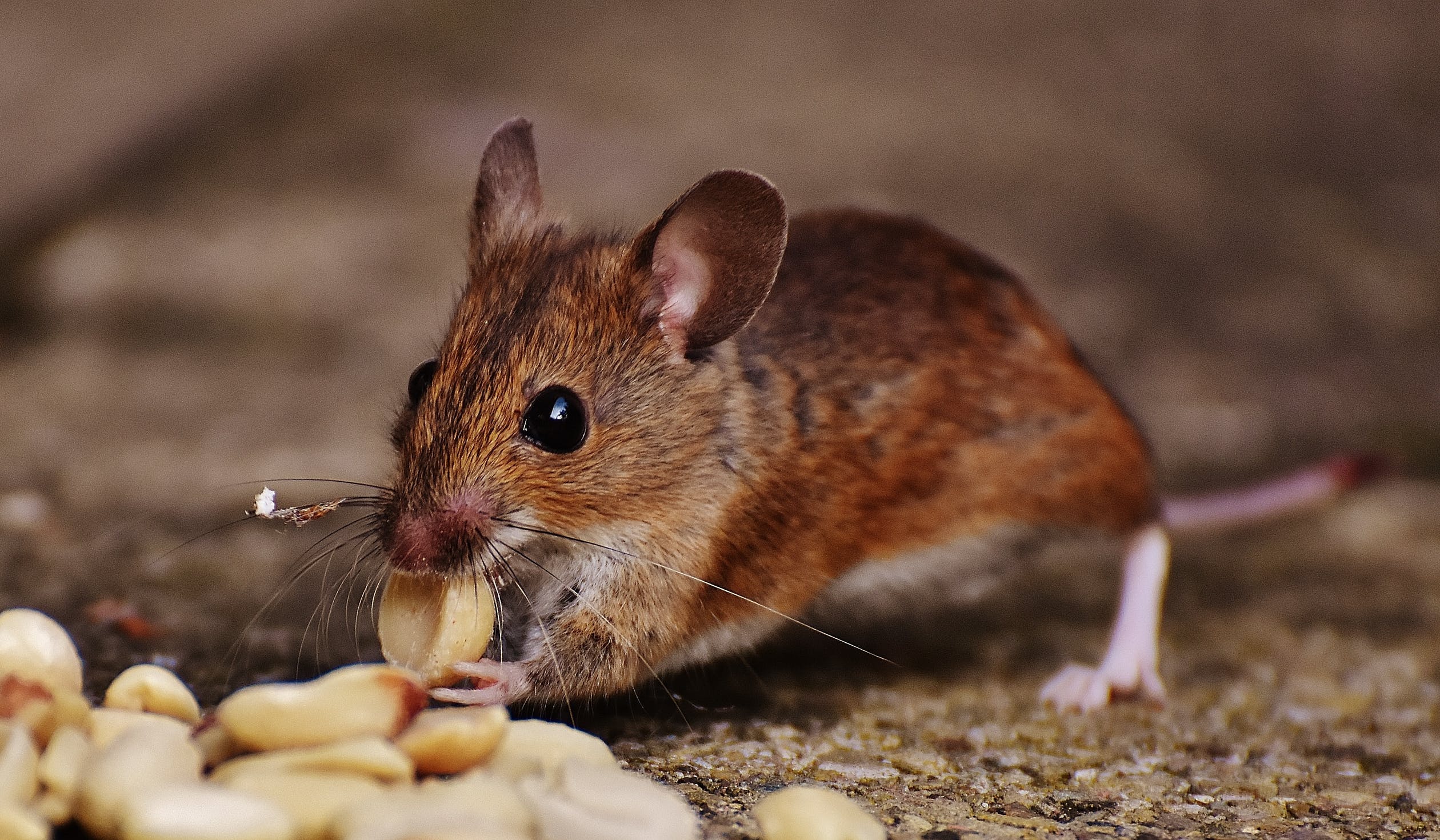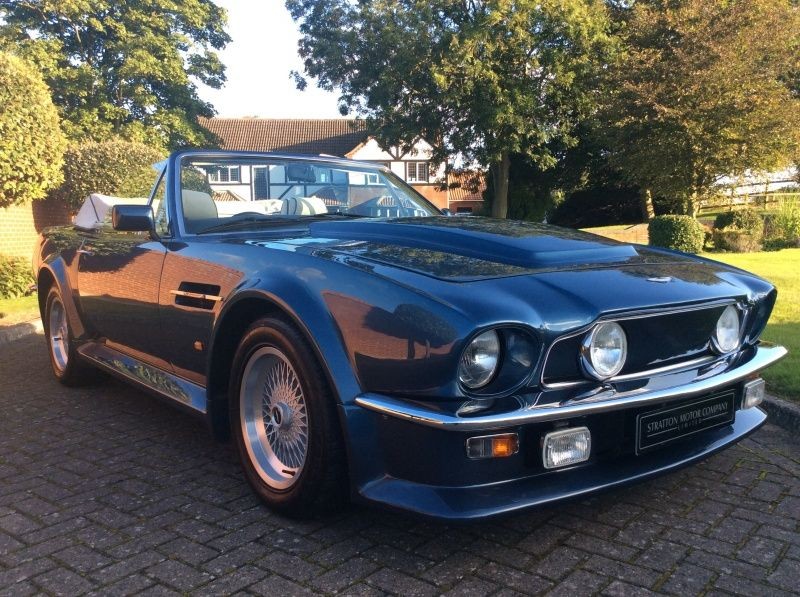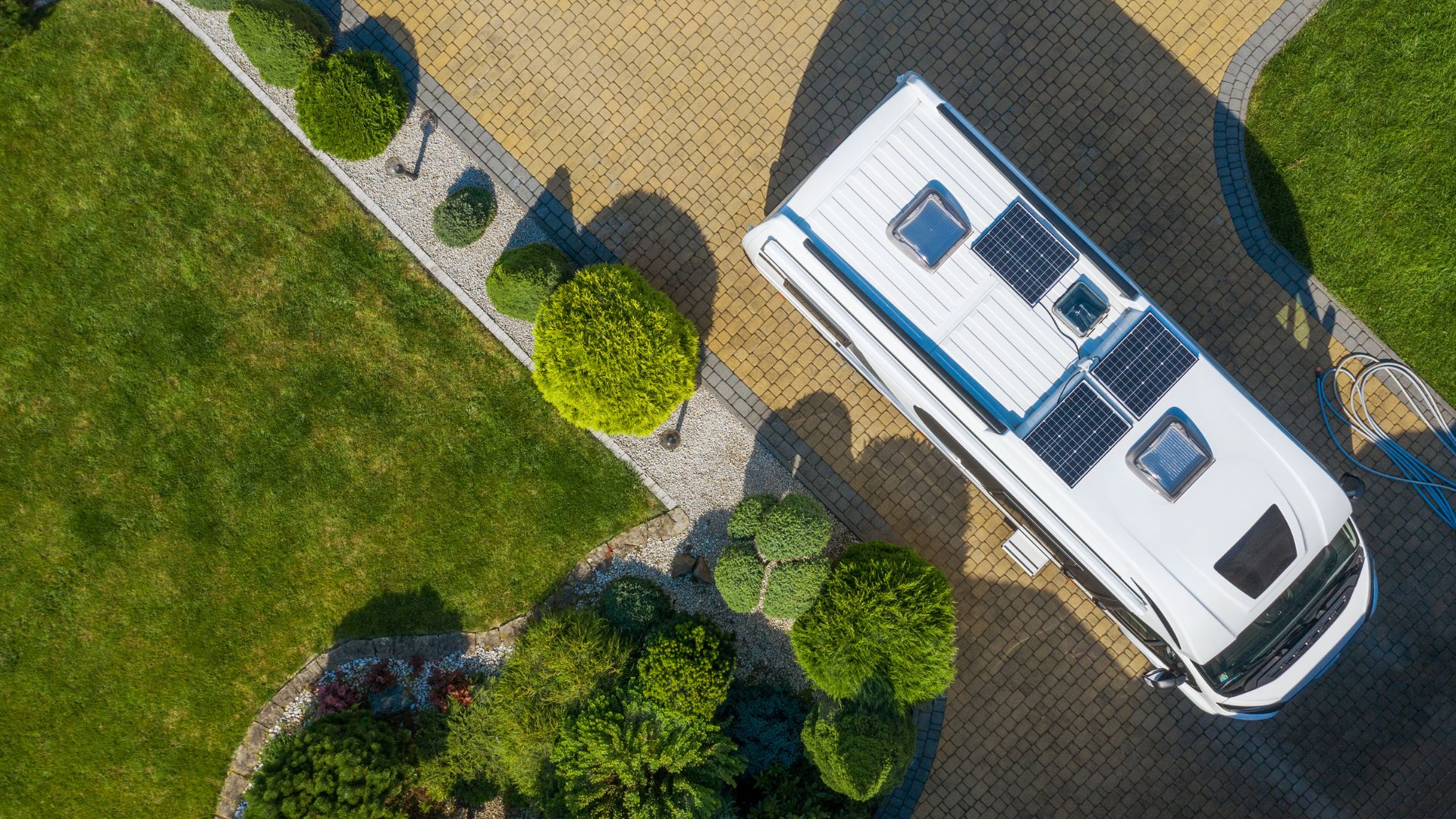There is nothing like taking your beloved classic car out of storage, jumping in for a drive down a long road with your friend. You might even put the top down on your old convertible and let the wind rush through your hair. Perhaps you like passing a fellow classic car enthusiast on the road and giving each other the knowing nod or those admiring glances from classic car fans.
But what happens if you arrive at your vintage vehicle and realise that the biggest fan of your beautiful car has fur and razor-sharp teeth? The fact is rodents love nesting in vehicles, especially ones kept in storage or driven infrequently, such as classic cars.
So, what can you do if you realise your Morgan has mice or there are rodents in your Riley? Here we have put together some tips to help you keep the nibblers out of your Nova. Let’s explore how to keep your classic car rodent free.
Why are rodents such a problem?
The time, money and energy invested into restoring and maintaining beautiful old cars to their heyday glory are certainly not to be scoffed at. Months, or even years, of hard work, can be undone in no time if a family of mice make their way into your car.
The greatest danger is to the electrical wiring in the engine. If you venture out with this damage unnoticed, you could end up with a severe hazard while on the road. If you are fortunate enough to have power steering in your classic, we imagine the last you want is to have that fail and cause an accident!
Less fatal but certainly no less offensive is the fact that rodents will tear up any soft materials to make nests. Seat covers are often the first victim, but air filters are not immune to damage, and unfiltered air entering your engine can cause real problems over time, reducing the engine’s lifespan.
In addition, rodent urine and faeces has a powerful odour and is high in ammonia; it smells terrible, and airborne bacteria can make you ill.
Keep Your Classic Car Rodent Free – How to Stop rodents coming in
Car Storage
Rats and mice will take full advantage of a dry, warm garage, especially in those colder months when you are most likely to be storing your car for more extended periods. So make sure you check on your car regularly during this time and try some of these suggestions.
- Tape up pipes – this reduces entry points.
- Open your car visors – mice love to nest here!
- Don’t use a car cover – a cover only makes the car warmer and darker and therefore more inviting!
- Consider using jacks – if you are going to be away from the car or unable to check on it for a long time, raising your vehicle off the ground will help deter rodents even more.
Get rid of all food (and rubbish)
Let’s face it, most classic car owners treat their vehicles with large amounts of TLC and wouldn’t use them as storage facilities or bins. We also don’t recommend eating in your classic car, but if you do, make sure you are careful not to drop snacks in your car. Rodents are just looking for a nesting place; they’re on the prowl for a diner too! They won’t say no to any dry dog or cat food you might not realise has spilt in the boot!
- Throw away any food wrappers
- Hoover your car regularly
- If you do need to keep food in your car – use metal containers
- Take any spare clothes, cardboard boxes and paper out of your car
Close the gaps
Mice can squeeze through a hole the size of a pencil, and young rats are right behind them. If you’re still in the restoration stages, there’s a good chance your bodywork will have holes in it. To avoid any intruders:
- Plug gaps with steel wool, not filler – mice can chew through filler faster than you can imagine
Use some electric
Mice and other rodents or animals of prey tend to love darkness, so leaving the light on in your garage can help to prevent them from even entering the garage. Some car owners recommend leaving the bonnet open to make the engine space less inviting. This may seem counterintuitive – like leaving the door open to your home while you’re away, BUT rodents would usually enter from underneath your car!
Use repellents
Another electrical option comes in the form of repellents. Whether solar or mains powered, several devices on the market use features such as ultrasonic waves or even lights to deter those pesky rodents.
Some scents repel rats and mice, such as peppermint, cayenne pepper and even some soaps. Try sprinkling peppermint oil on rat runs or hiding places to make their attempts at burrowing in far less pleasant.
Get rodents out
If it’s too late and you think you already have mice or rats in your car, try following these tips:
- Look for droppings, any bite or scratch marks, torn up cloth, papers, or carpet. You might also catch a whiff of their urine.
- Set traps such as snap traps, using peanut butter as bait to kill the unwanted intruder instantly. If you’re looking for a more humane option, some traps capture the critter in a tube so you can then release them into the wild. Keep in mind that if you don’t release them far enough, they might come back or go into your neighbour’s property, only spreading the problem!
- Spread some cat hair around. You might not want to let your cat loose in your car; their sharp claws will probably cause as much damage as the mice. However, you could spread some cat hair in places in your car; the smell will act as a cue to send those critters running.
Having rodents in your car might not be something you had considered, but with our tips and tricks, we believe you can Keep Your Classic Car Rodent Free!







Leave A Comment